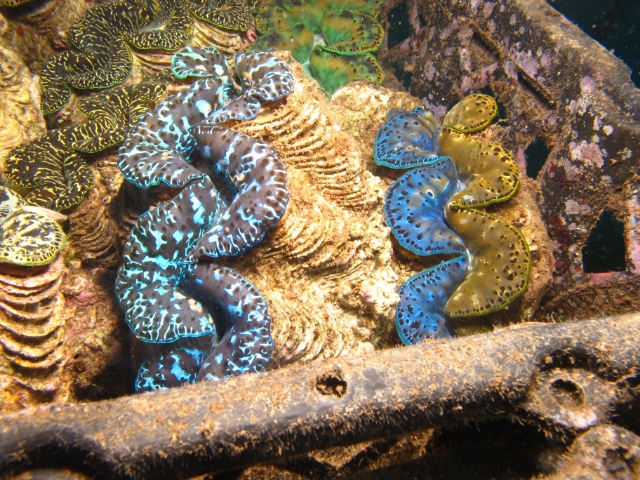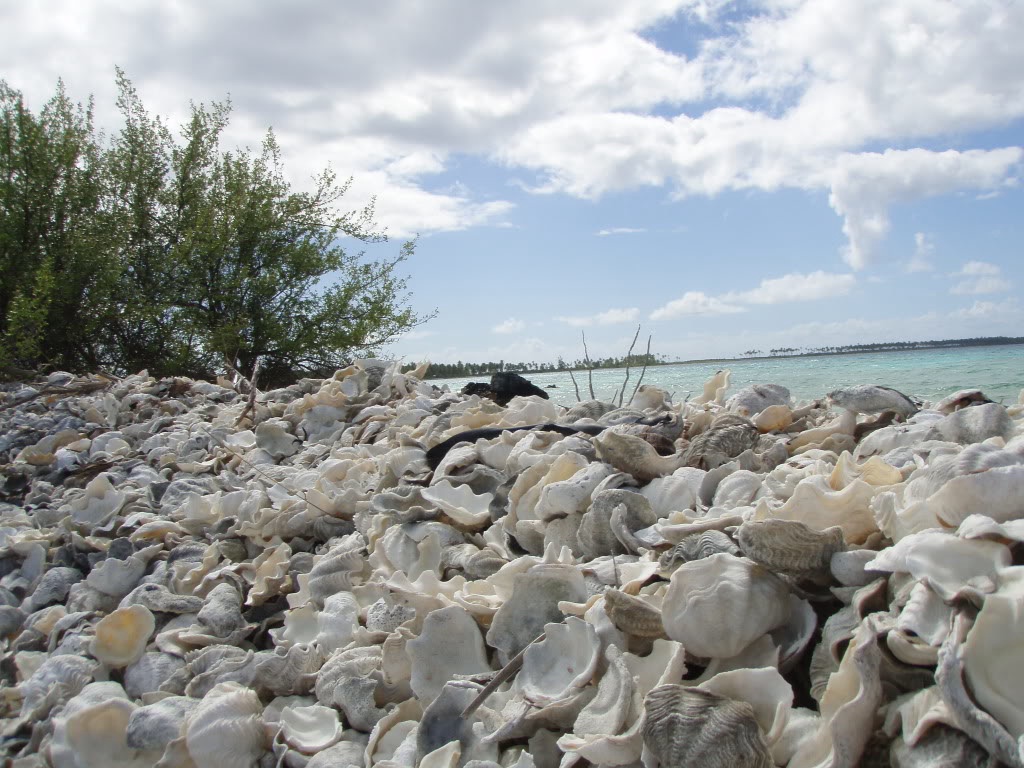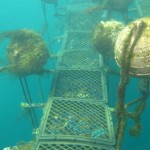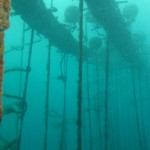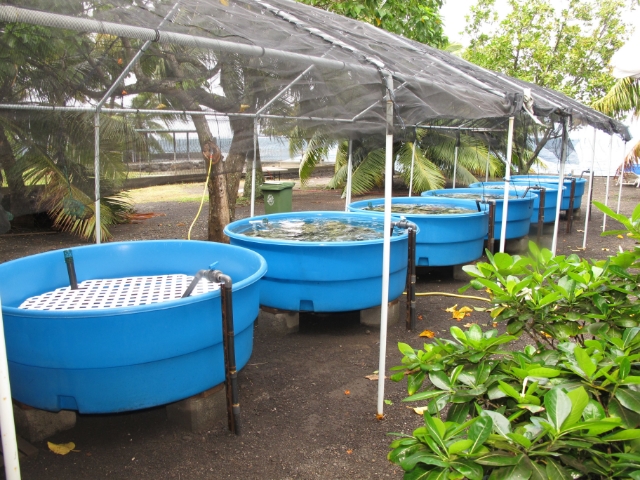Have you even been curious about where your aquarium livestock comes from? Like a curious child asking those uncomfortable questions that usually end in stork related cliches, we’re always wanting to sneak a peak into the supply side of the marine aquarium hobby to find out how all of those amazing fish, corals, and invertebrates travel from halfway across the world to end up in our aquariums. Because of our semi-obsession with the aquarium industry supply chain, we were just tickled when Pacific East Aquaculture decided to share a little bit about where their French Polynesia Maxima Clams come from. Posted over on their Reef2Reef page, the thread details a little bit about the clam supply lines, including where they are collected and stored prior to showing up in the US.
According to the post, Dr. Mac and his partner in Tahiti traveled to the Austral Islands in French Polynesia to set up a collecting station, and have been the exclusive exporter of clams from that area for the past four years. In these remote islands, maxima clams are extremely abundant and the waters so clear and pristine, and some of the smaller islands are made up entirely of clam shells, as pictured immediately above.
Over the years, collection has primarily taken place on the reef areas outside of the lagoon and inner reef of these beautiful atolls, though as each year passes Dr. Mac and the crew have relied more and more on clams that they have cultured in the area. Apparently, it takes about four years for a cultured clam to reach a commercially acceptable size.
- Photo Credit: Pacific East Aquaculture
- Photo Credit: Pacific East Aquaculture
- Photo Credit: Pacific East Aquaculture
After the clams are collected, they are placed into a unique holding station that is suspended in the water. This station consists of a series of milk crakes strung together in a long chain, which are tethered to the bottom but are suspended high in the water column with buoys. This station lets the clams bathe in sunlight while keeping them protected while they await shipping.
When the maxima clams do finally become ready for shipping, they are taken to a holding station on land, which makes shipping so much more convenient. After that, the clams are shipped to wholesalers worldwide, and the rest is history.


